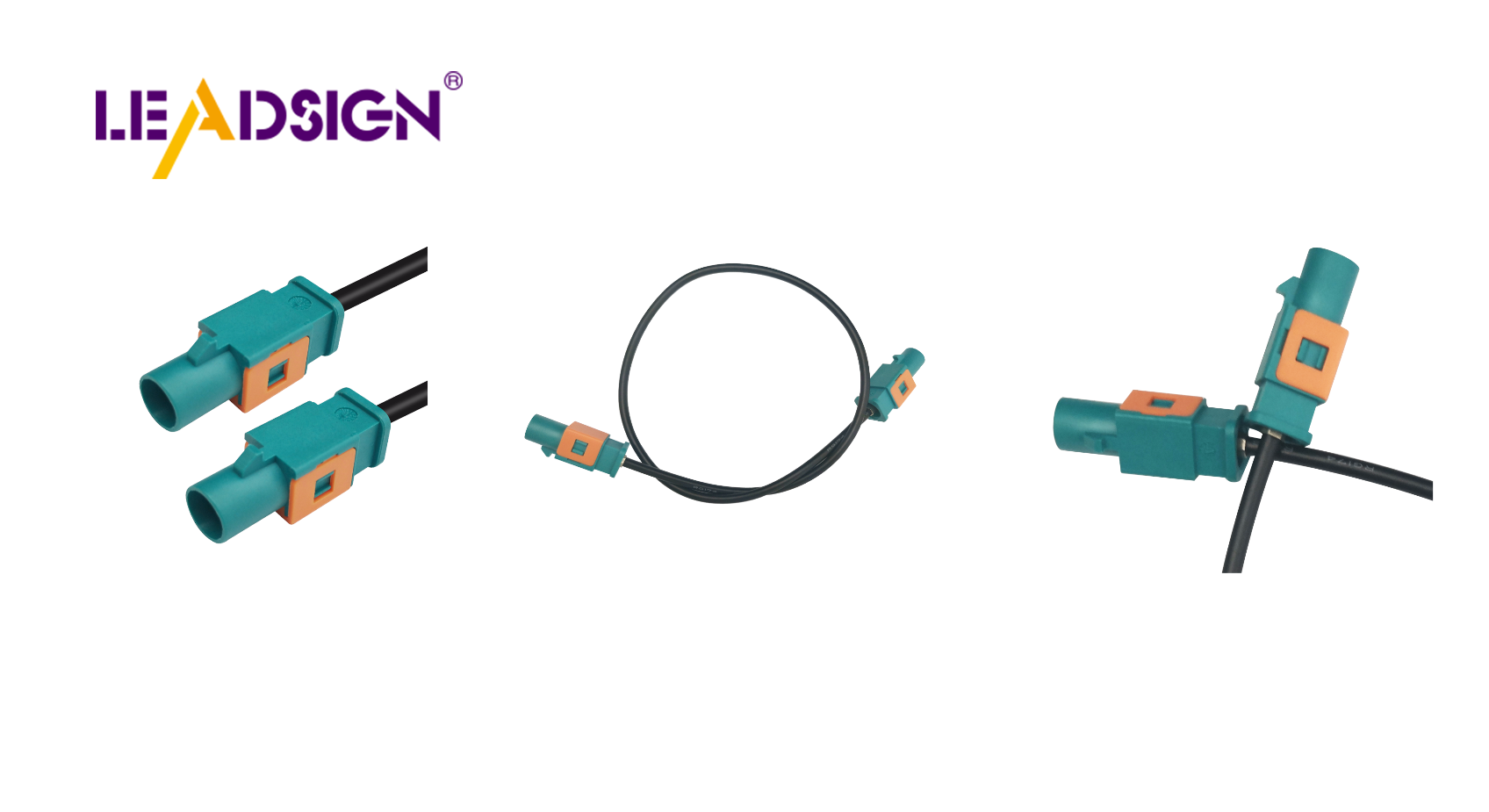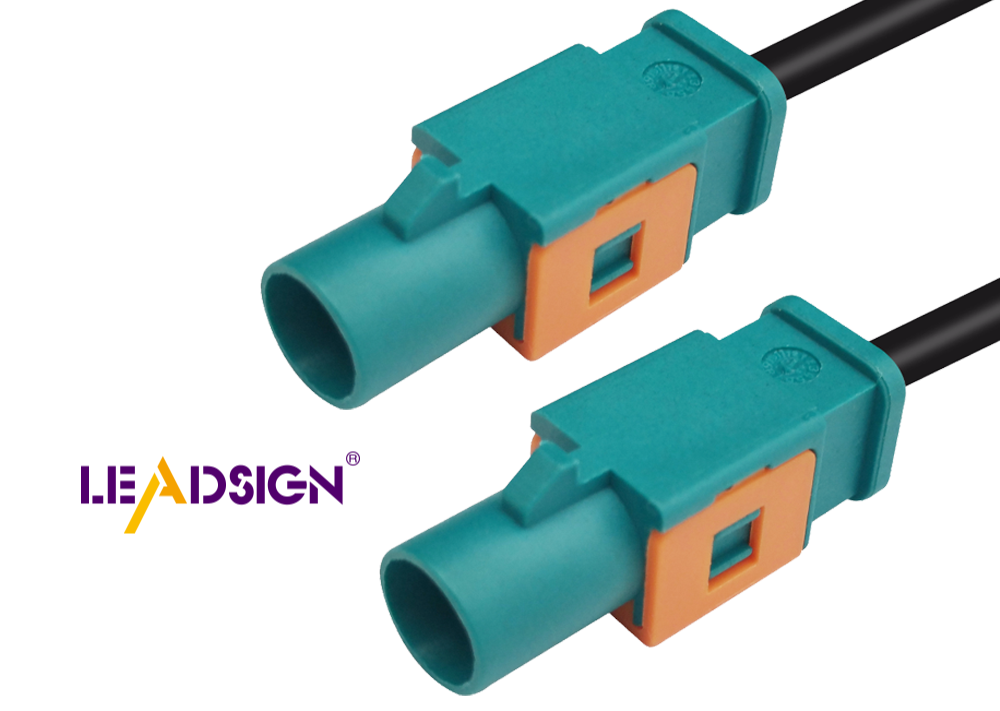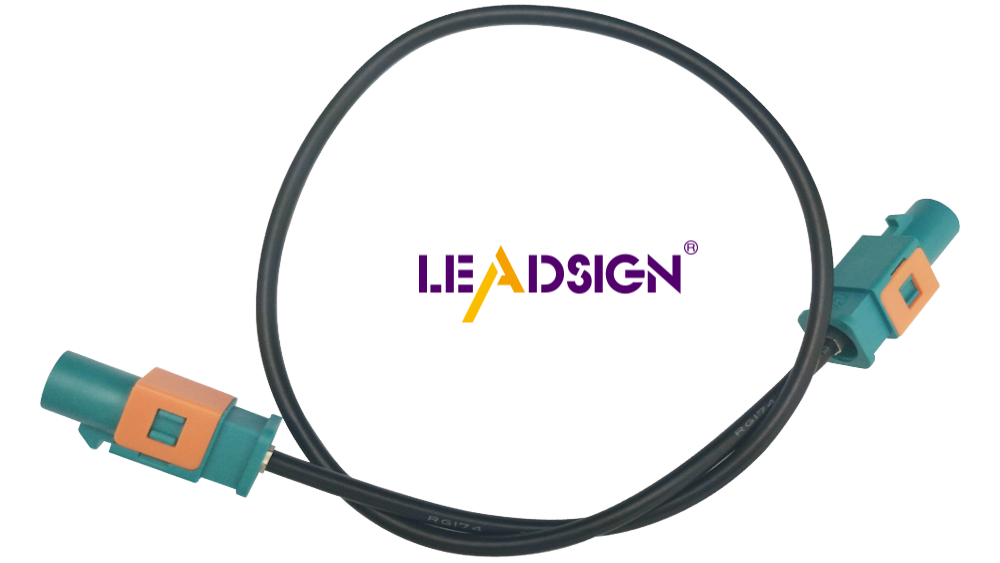A Guide to Automotive Wiring Connector Types

Car wire connector types are crucial in car systems. They play a vital role in ensuring the proper functioning of your car's electrical components. Without the right connectors, issues such as poor system performance or complete failure may arise. These connectors establish connections between electrical systems, enabling the smooth flow of power and signals. Understanding the various car wire connector types is essential for selecting the appropriate one, ensuring your car remains dependable and operates efficiently.
Overview of Automotive Wiring Connectors
Definition and Purpose
What are Wiring Connectors?
Wiring connectors are key parts in car systems. They link circuits, letting power and signals move easily. Think of them as bridges connecting your car's electrical parts. Without these, your vehicle's electric parts would have trouble talking to each other.
Why are they essential in automotive systems?
In cars, wiring connectors keep things working well. They stop problems like current leaks and bad connections. Using connectors keeps a steady electric link, which is important for your car to work right. Connector grease helps a lot here. It keeps water off the connector surface, stopping leaks in wet places. This makes sure connections stay strong, even when it's tough outside.
Basic Components of Connectors
Pins and Sockets
Pins and sockets are the main parts of any connector. Pins are the male pieces that go into female sockets. When joined, they make a safe path for electricity to travel through components. Their design ensures a tight fit, lowering the chance of coming apart.
Housing and Insulation
Housing and insulation guard pins and sockets. The housing covers the connector, giving support and shielding from outside harm. Insulation stops short circuits by keeping conductive parts apart. Together, they boost strength and safety of connectors, making sure your car's system stays dependable over time.
Knowing these parts helps you see how complex wiring connectors are in cars. Picking the right ones makes sure your vehicle runs smoothly and well.
Car Wire Connector Types

Knowing different car wire connector types helps you pick the right one. Each type has special features, uses, good and bad points. Let's look at some common ones.
Blade Connectors
Blade connectors are very popular in cars. They have a flat metal piece that fits into a slot.
Features and Applications
Features: Blade connectors are simple and quick to use. They come in different sizes for various wires.
Applications: You find blade connectors in car lights like headlights. They also work in audio systems and low-power uses.
Advantages and Disadvantages
Advantages: Blade connectors hold tight against shaking, great for cars. They're easy to use for fast fixes.
Disadvantages: Over time, they can wear out, causing problems. Check them often to keep them working well.
Ring and Spade Terminals
Ring and spade terminals are flexible connectors used in many car tasks. They have a ring or spade shape that goes on a screw or bolt.
Features and Applications
Features: These give strong connections for high power. The design makes sure they fit tightly.
Applications: You use these in battery links, grounding, and starter motors.
Advantages and Disadvantages
Advantages: Ring and spade terminals conduct electricity well and are easy to put on. Their design stops accidental slips.
Disadvantages: You need tools like wrenches to install them, which is hard in small spaces. They're not good if you need to disconnect often.
Butt Connectors
Butt connectors join two wires end-to-end smoothly.
Features and Applications
Features: Butt connectors are tube-shaped with openings for wires. They usually have crimping parts for secure attachment.
Applications: Use butt connectors when fixing car wires or making them longer.
Advantages and Disadvantages
Advantages: Butt connectors resist water damage well. They're simple to use with few tools needed.
Disadvantages: Bad crimping can cause weak links, so be careful when installing them. Not ideal for high power without proper cover.
By knowing these types of car wire connectors, you can choose wisely when fixing your car's electric system. Each type has its job, keeping your car running well.
Specialized Connectors
Special connectors are important in car wiring. They keep your car's electric systems working well, even when things get tough. Let's look at two special connector types: weatherproof and high-performance.
Weatherproof Connectors
Weatherproof connectors handle bad weather. They stop water, dirt, and other stuff from hurting your car's wires.
Features and Applications
Features: These have seals to block water and dust. Their strong covers handle heat and shaking.
Applications: You find them where it's wet or dirty, like engine areas and outside lights. They're key for keeping connections safe in tough spots.
Advantages and Disadvantages
Advantages: They protect against bad weather really well. Your car's electric parts stay working, even when it's rough outside.
Disadvantages: They're pricier than normal ones. You might need special tools to fit them right, which can be tricky for new users.
High-Performance Connectors
High-performance connectors are for jobs needing top electric work. They're used in fast data moves and power-heavy systems.
Features and Applications
Features: These carry lots of data and power without losing signals. They use smart designs to cut down signal problems.
Applications: You see these in entertainment systems, GPS, and driver help tech (ADAS). They're vital for quick data flow in modern cars.
Advantages and Disadvantages
Advantages: They give great electric performance. Your car's advanced tech runs smoothly with them.
Disadvantages: They're costly because of their features. Setting them up needs skill to work best.
Knowing about these special connectors helps you pick the right ones for fixing or upgrading your car's electric parts. Choosing wisely keeps your car reliable no matter what it faces.
Picking the Best Connector
Choosing the right connector is important for your car's wires. It helps your car run well. Let's look at what to think about and mistakes to avoid.
Things to Think About
Power Needs
First, think about power needs when picking a connector. Each type works with different power levels. Make sure it can handle your car's power. If not, it might break or cause problems.
Weather Conditions
Weather matters when choosing connectors. Think about where it will be used. If it's wet or hot, pick weatherproof connectors. They keep water and dust out, working well in bad weather. Connector grease also stops rust and keeps them strong.
Mistakes to Avoid
Wrong Fit
A big mistake is picking the wrong fit. Make sure it matches the wire size in your car. Wrong fits can cause bad links and failures. Always check before buying.
Bad Quality
Ignoring quality is another mistake. Good connectors follow rules for safety and work well. Cheap ones may save money but cause expensive fixes later. Pick good quality for best performance.
By thinking about these things and avoiding mistakes, you can pick the right connector for your car, keeping it reliable and running smoothly.
Installation and Maintenance Tips

Installing and taking care of car wiring connectors keeps your car's electric parts working well. Follow these tips for the best results.
How to Install Properly
Tools You Need
To put in wiring connectors right, get these tools:
Wire cutters
Crimp tool
Heat gun (for heat shrink connectors)
Multimeter (to test connections)
Screwdrivers and wrenches (for ring and spade terminals)
Having these tools helps you do a good job.
Easy Steps to Follow
Get Wires Ready: Use wire cutters to take off the plastic cover from wire ends. Make sure enough wire shows for a strong link.
Pick the Right Connector: Choose a connector that fits the wire size and job. Make sure it works with your car's system.
Connect the Wires: Put the bare wire into the connector. Use a crimp tool to make it tight. For heat shrink connectors, use a heat gun to seal it.
Check Your Work: Use a multimeter to see if power flows well through the connection. This makes sure you did it right.
Tighten Everything Up: For ring and spade terminals, use screwdrivers or wrenches to make them tight so they don't come loose.
Following these steps helps keep connections strong, lowering chances of electric problems.
Best Ways to Maintain
Check Often
Look at your connectors often to keep them in great shape. See if there are signs of wear, rust, or damage. Fix any loose links or broken wires quickly.
Clean and Swap Out
Clean connectors now and then so they work well. Use contact cleaner to get rid of dirt and junk. For weatherproof ones, check seals are good. Change any bad or old connectors fast. This stops problems and helps your car's electric system last longer.
By following these install and care tips, your car's wiring connectors will work their best, helping your car stay reliable.
Picking the right connector is key for your car's electric system. It keeps things working well and smoothly. Follow good steps for putting them in and taking care of them. This helps your car run without problems. Good connectors stop issues like bad performance or breakdowns. A cable expert said, "Good crimping can mean a strong setup or one that breaks down." By choosing the right connectors and looking after them, you make your car more reliable and better at its job.
See Also
Exploring Ford Fakra Connector Technology
In-Depth Look at HSD Connector Technology
Essential HSD Connector Knowledge for Automotive Sector

